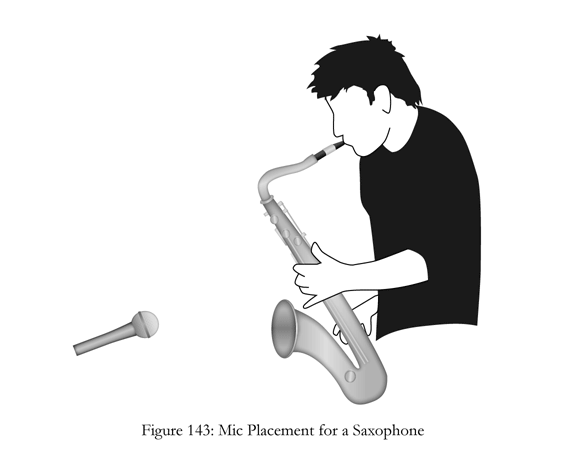Like other woodwinds, the tone of a flute comes from both the keys and the embouchure (mouth piece). When using a single microphone on the instrument, a wide-diaphragm condenser can be placed directed at the midpoint between the keys and the embouchure. A cardioid or bi-directional pattern can be used depending on how much room sound you would like in the recording.
For classical music, it is common to place the mic at a distance of 3–6′, whereas modern styles tend to benefit from a closer placement of 6″–2′. If the clicking of the keys is too prominent in the recording, try moving the mic farther back.
For a stereo recording, a pair of mics can be placed in an X-Y pattern in the same placement as above
